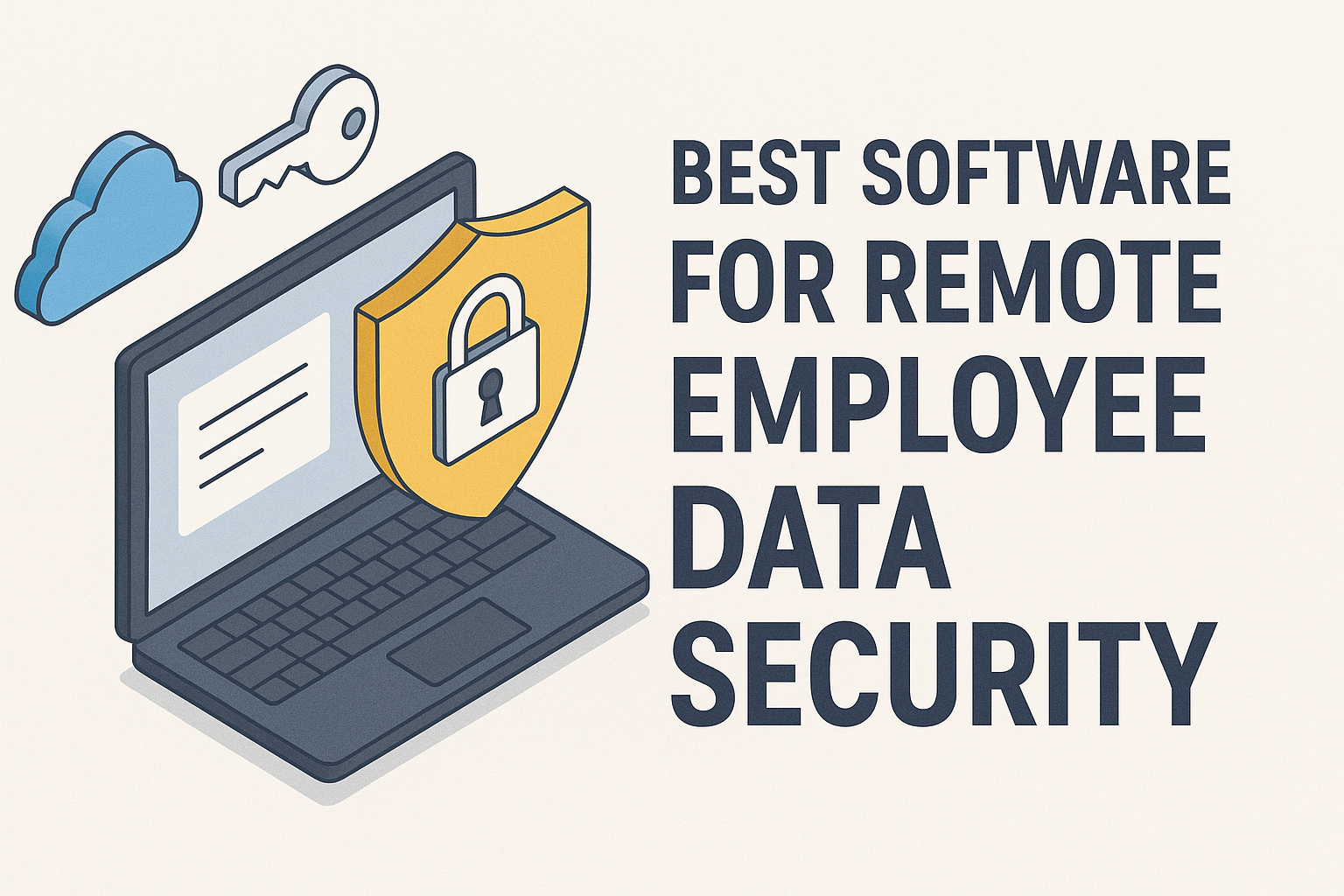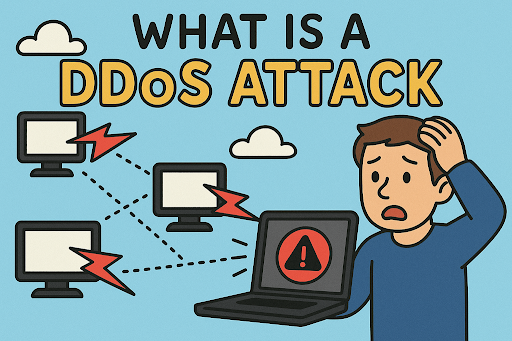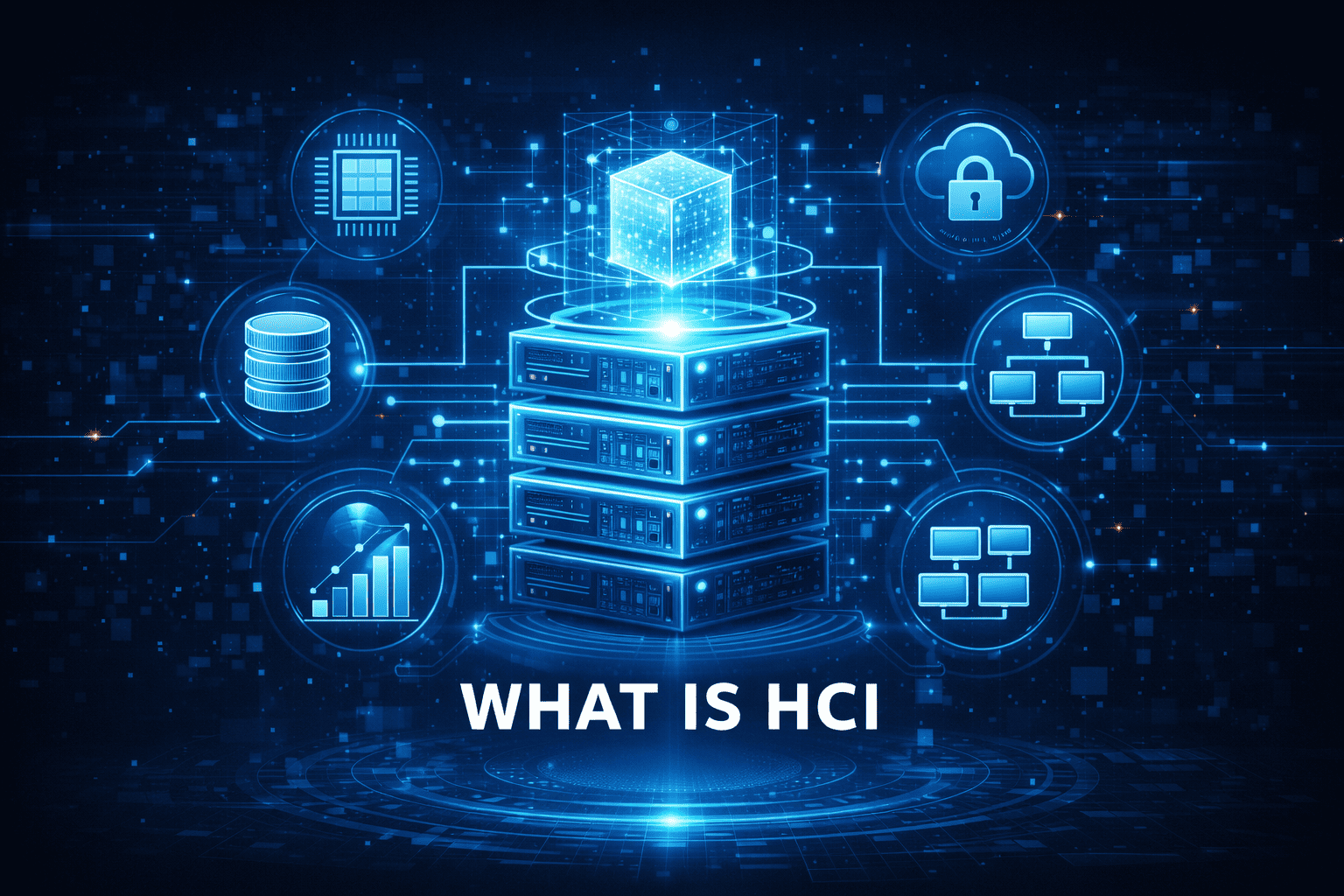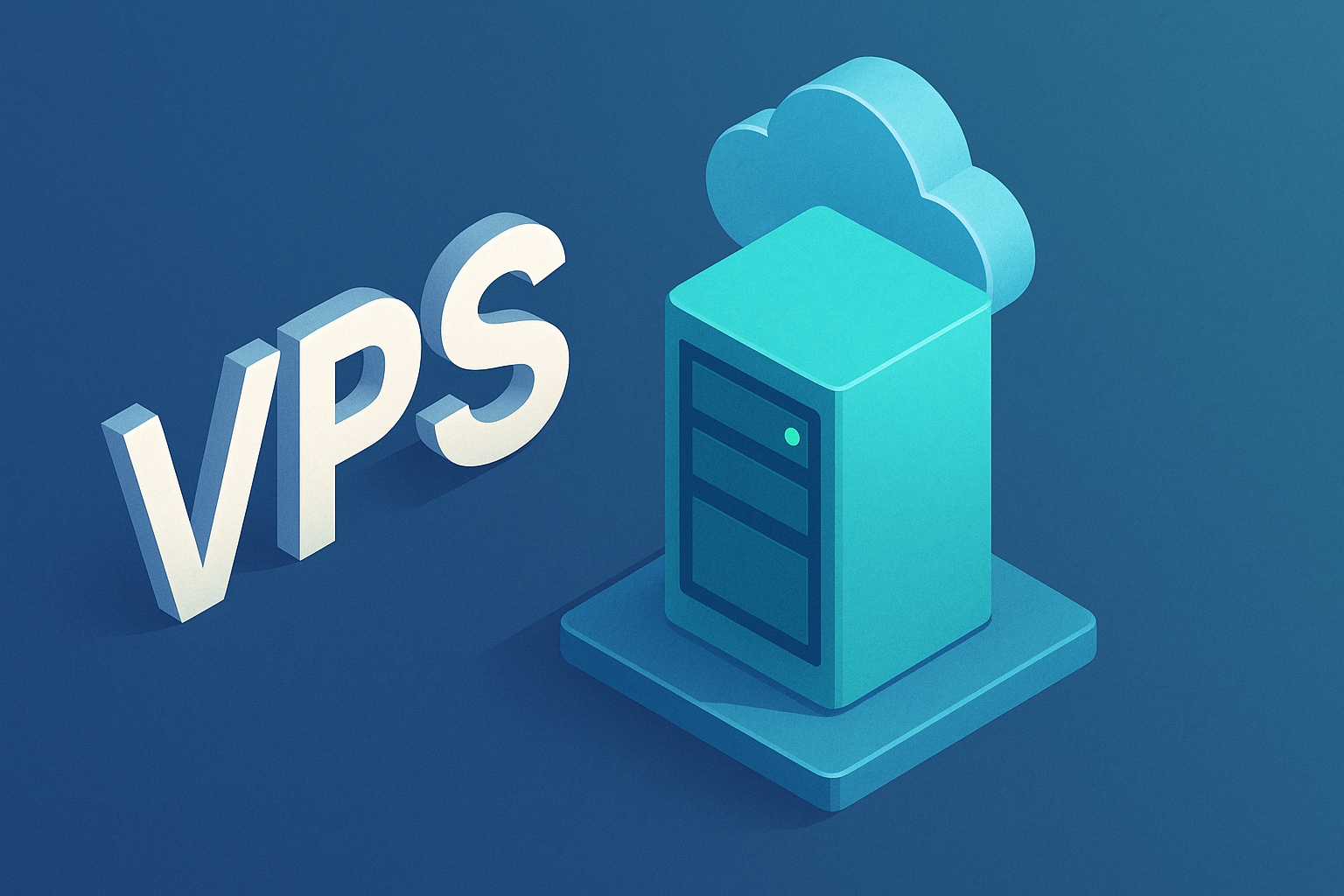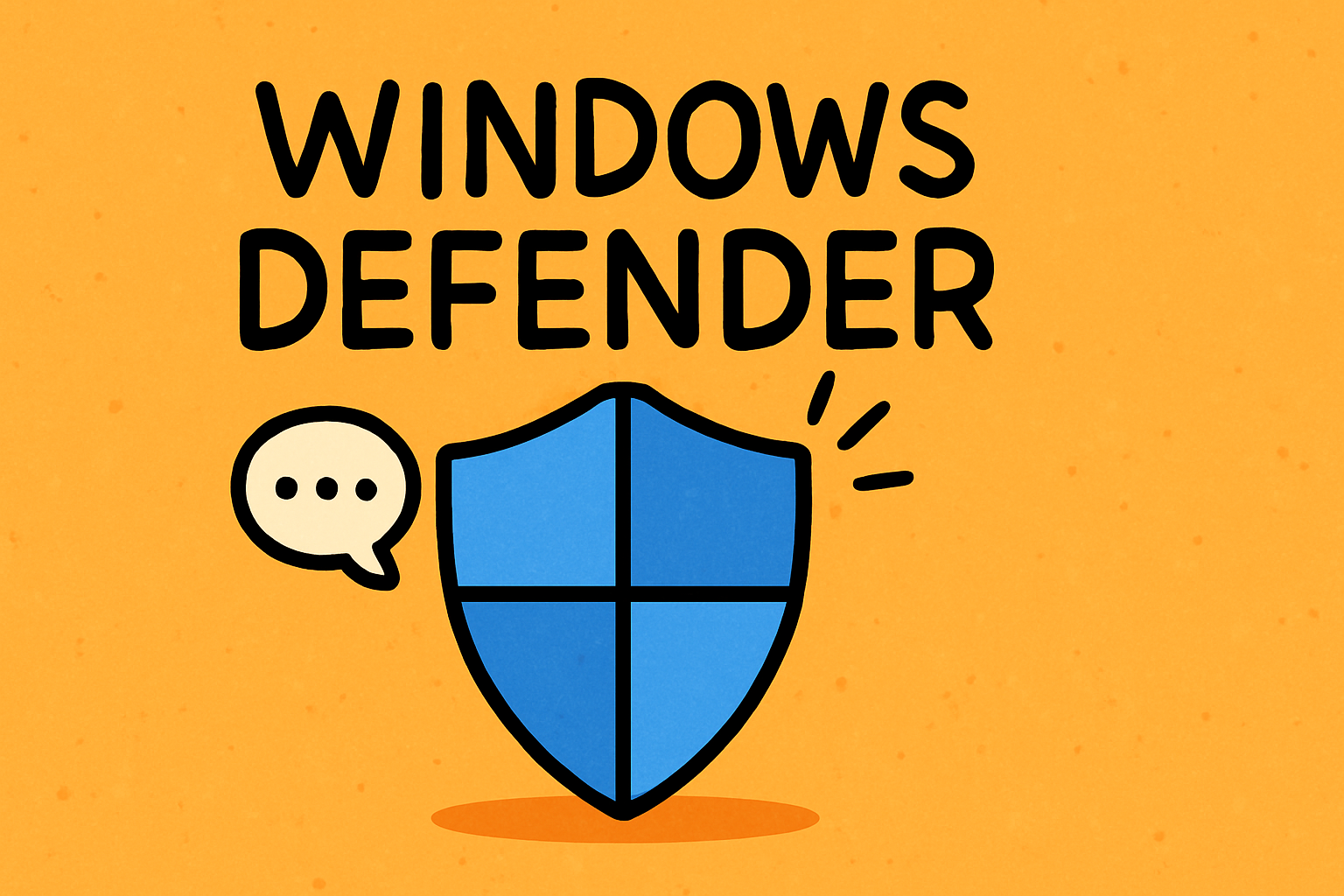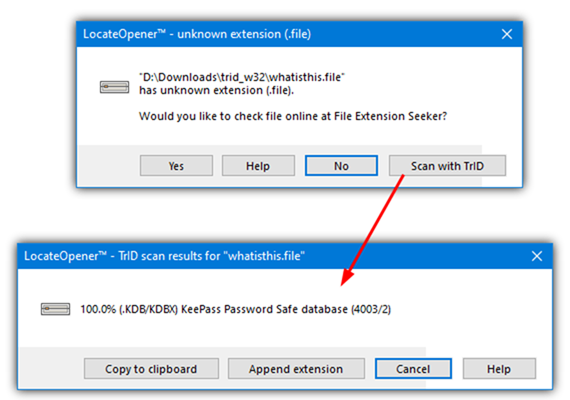What Is Cloud Programming? A Complete Guide for Businesses
Updated on October 7, 2025, by Xcitium
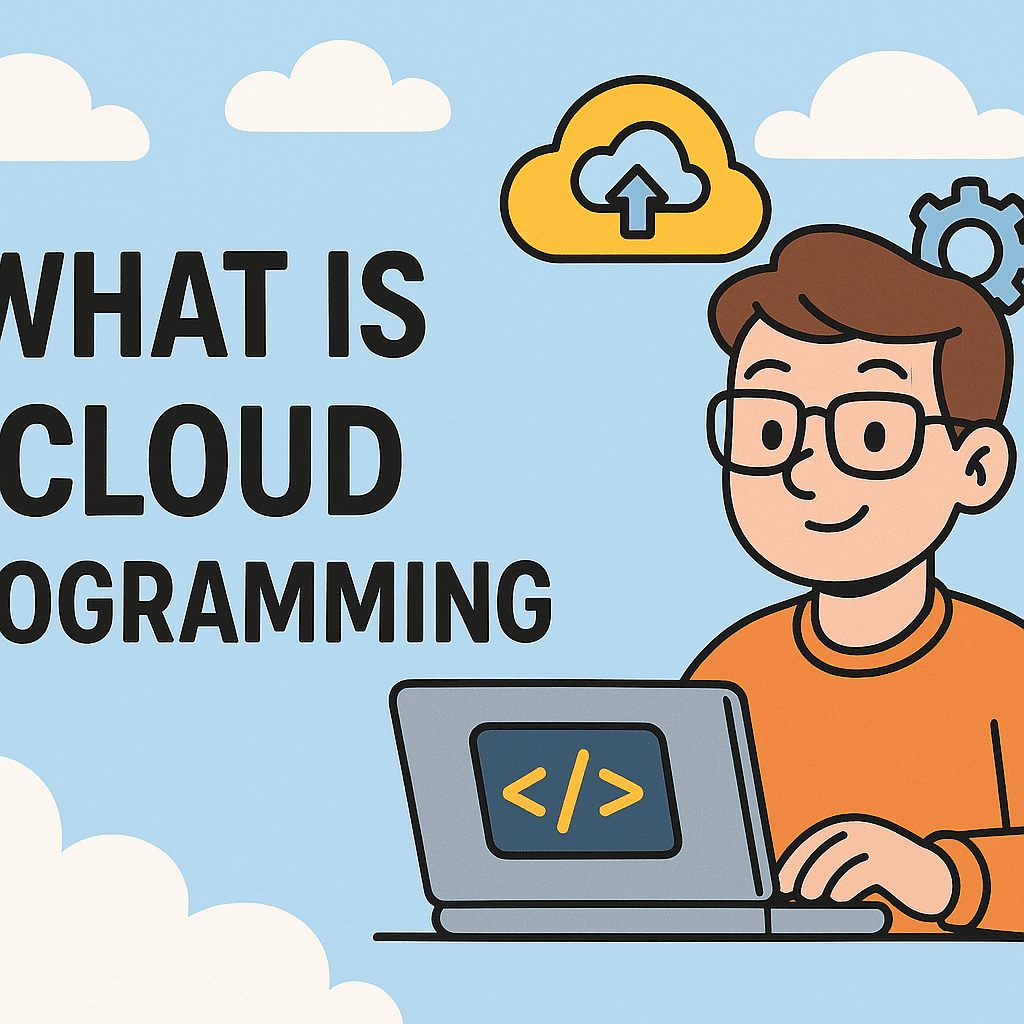
In today’s digital-first world, nearly every business relies on the cloud. From data storage to enterprise-level applications, the cloud has become the backbone of modern IT. But many ask: what is cloud programming, and why does it matter to my business?
Introduction: Why Cloud Programming Matters
Cloud programming refers to developing, deploying, and managing applications that run on cloud environments instead of traditional local servers. It allows organizations to build scalable, flexible, and cost-efficient software solutions—perfect for enterprises managing rapid growth, IT managers driving innovation, and CEOs looking to future-proof their companies.
What Is Cloud Programming?
Cloud programming involves writing and managing code that leverages cloud infrastructure and services such as storage, computing power, and networking. Instead of relying on physical servers, developers use cloud platforms like AWS, Microsoft Azure, and Google Cloud.
Key Characteristics:
-
Remote Execution – Applications run in cloud environments rather than on local machines.
-
Scalability – Resources expand automatically as demand grows.
-
Flexibility – Supports multiple programming languages and frameworks.
-
Pay-as-You-Go Model – Businesses only pay for the resources they use.
-
Collaboration – Teams across the globe can work together seamlessly.
👉 In short: Cloud programming is the foundation of modern business applications, SaaS platforms, and cybersecurity tools.
Benefits of Cloud Programming for Businesses
For IT managers and executives, adopting cloud programming has clear advantages:
1. Cost Efficiency
-
Reduces need for expensive on-premises infrastructure.
-
Pay only for the services and storage you use.
2. Scalability
-
Applications adjust automatically to user demand.
-
Perfect for businesses experiencing rapid growth or seasonal spikes.
3. Enhanced Security
-
Cloud platforms often include built-in security protocols, compliance support, and encryption.
-
Easier integration with Zero Trust and endpoint security models.
4. Faster Development
-
Access to pre-built APIs, frameworks, and DevOps pipelines accelerates time-to-market.
5. Business Continuity
-
Built-in backup and recovery options ensure uptime even during system failures.
Cloud Programming vs Traditional Programming
| Feature | Traditional Programming | Cloud Programming |
|---|---|---|
| Infrastructure | Local servers | Cloud-based (AWS, Azure, GCP) |
| Scalability | Limited | Highly scalable |
| Cost Model | Hardware + licenses | Pay-as-you-go |
| Security | Manual configurations | Built-in cloud protections |
| Deployment Speed | Slower | Faster with automation |
👉 Verdict: Cloud programming offers greater efficiency, agility, and resilience than traditional methods.
Common Cloud Programming Languages
When exploring what is cloud programming, it’s useful to know the languages that dominate this space:
-
Python – Popular for AI, machine learning, and automation.
-
Java – Widely used for enterprise-scale cloud applications.
-
JavaScript/Node.js – Powers serverless and web applications.
-
Go (Golang) – Optimized for scalability and cloud-native microservices.
-
C# – Preferred for Microsoft Azure environments.
Types of Cloud Programming Models
Cloud programming can be categorized into different service models:
1. Infrastructure as a Service (IaaS)
-
Provides virtualized computing resources.
-
Example: AWS EC2, Google Compute Engine.
2. Platform as a Service (PaaS)
-
Full development environment in the cloud.
-
Example: Heroku, AWS Elastic Beanstalk.
3. Software as a Service (SaaS)
-
Cloud-hosted applications accessible via browsers.
-
Example: Salesforce, Office 365, Slack.
👉 Each model supports different business needs, from raw computing power to complete software solutions.
Security in Cloud Programming
For cybersecurity teams, cloud programming introduces both opportunities and risks.
Security Advantages:
-
Built-in encryption and compliance frameworks.
-
Multi-factor authentication (MFA) and identity management.
-
Cloud-native monitoring tools for real-time threat detection.
Security Challenges:
-
Misconfigurations can expose sensitive data.
-
Shared responsibility model requires IT teams to enforce internal policies.
-
Cloud sprawl (unused resources) can increase attack surfaces.
👉 IT managers should integrate Endpoint Detection & Response (EDR), firewalls, and continuous monitoring to secure cloud environments.
Real-World Applications of Cloud Programming
1. Enterprise Software Development
Businesses build scalable applications accessible worldwide.
2. Data Analytics and AI
Cloud platforms provide the computational power for big data, AI, and machine learning.
3. Cybersecurity Tools
EDR, SIEM, and threat-hunting solutions often run on cloud-native platforms.
4. E-Commerce
Scalable cloud applications handle seasonal spikes in traffic securely.
5. Remote Work Solutions
Collaboration tools like Zoom, Slack, and Teams rely on cloud programming.
Transitioning to Cloud Programming
For businesses planning to adopt cloud programming, here’s a roadmap:
-
Assess Business Needs – Identify where cloud adds the most value.
-
Choose a Cloud Provider – AWS, Azure, or Google Cloud based on requirements.
-
Select Development Tools – Languages, frameworks, and DevOps pipelines.
-
Train IT Teams – Upskill employees in cloud security and programming.
-
Implement Security Measures – Use encryption, MFA, and monitoring tools.
-
Migrate Gradually – Start with non-critical applications before moving to core systems.
The Future of Cloud Programming
Cloud programming is evolving rapidly, with trends including:
-
Serverless Computing – Code execution without managing infrastructure.
-
Edge Computing – Bringing processing closer to IoT devices.
-
AI-Driven Automation – Machine learning models integrated into cloud pipelines.
-
Multi-Cloud Strategies – Businesses using multiple providers for resilience.
-
Quantum Computing in the Cloud – Early experiments for next-gen computing power.
👉 Businesses that embrace cloud programming now will be positioned for long-term digital success.
FAQs: What Is Cloud Programming?
1. What is cloud programming used for?
It’s used for building scalable apps, running analytics, and deploying enterprise-level software.
2. Is cloud programming secure?
Yes, if businesses use encryption, strong access controls, and monitor for misconfigurations.
3. Which programming languages are best for the cloud?
Python, Java, JavaScript, Go, and C# are the most common.
4. How does cloud programming save money?
It eliminates the need for expensive hardware, using a pay-as-you-go model.
5. What industries benefit most from cloud programming?
Cybersecurity, healthcare, finance, e-commerce, and technology-driven enterprises.
Conclusion: Why Cloud Programming Is Essential
So, what is cloud programming? It’s the practice of building, deploying, and managing applications in cloud environments to achieve scalability, security, and efficiency. For IT managers, CEOs, and cybersecurity leaders, cloud programming is not just a trend—it’s a strategic requirement for staying competitive.
By embracing cloud programming, businesses can unlock faster innovation, stronger security, and long-term growth.
👉 Ready to strengthen your IT infrastructure with cloud solutions? Request a Demo Today




